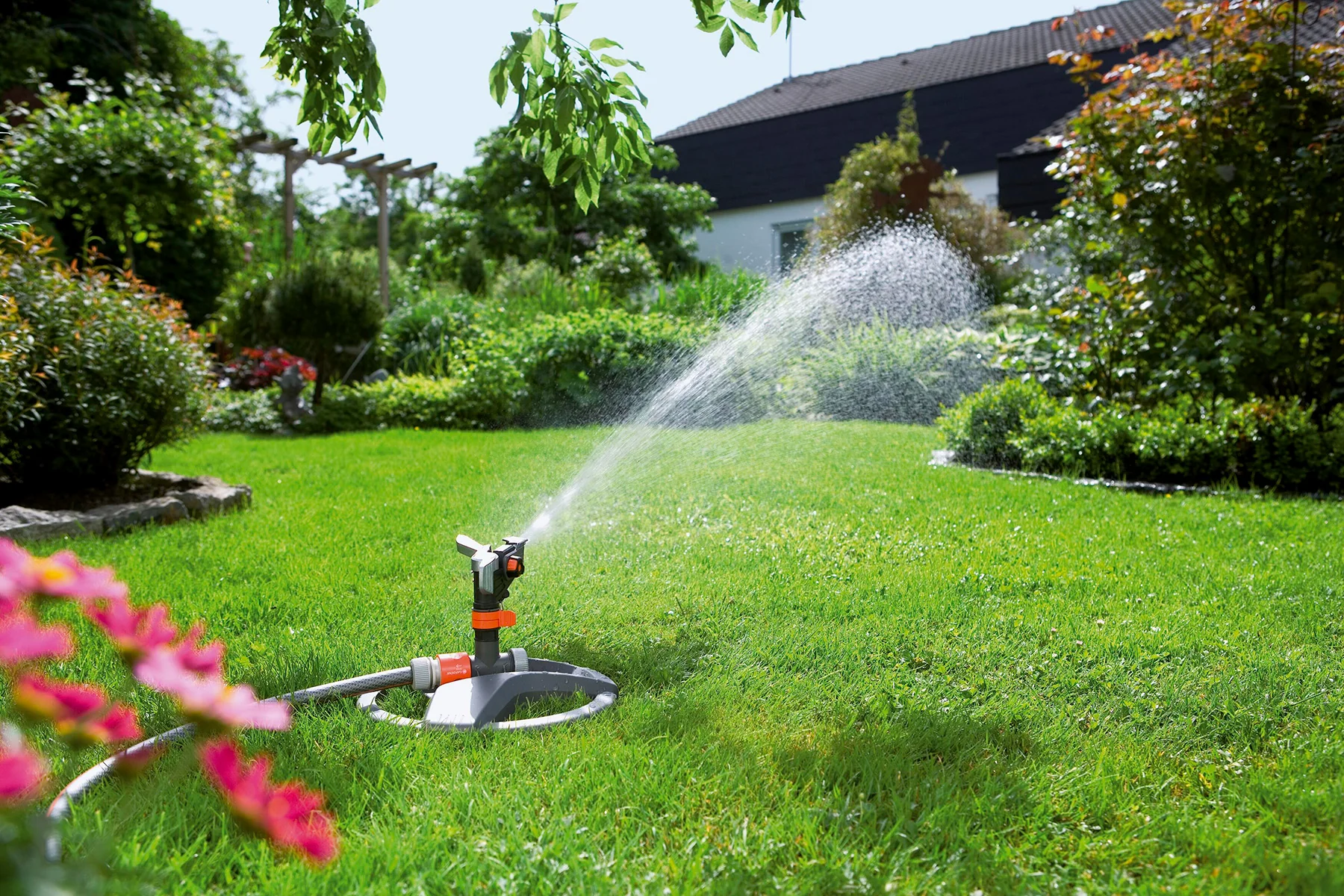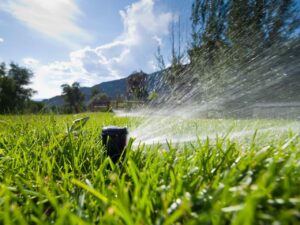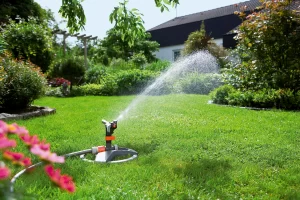Click to call us: 857-504-5117
contact@greenpulselandscaping.com
Click to call us: 857-504-5117
contact@greenpulselandscaping.com



Proper irrigation is essential for maintaining a healthy and thriving garden. However, finding the right balance between underwatering and overwatering can be a challenge. In this article, we’ll explore the factors that influence the ideal frequency for irrigating your garden and provide practical tips to help you achieve optimal watering practices.
Understanding Your Garden’s Needs: Before determining the ideal irrigation frequency, it’s crucial to understand the specific needs of your garden. Factors such as plant type, soil type, weather conditions, and drainage characteristics all play a significant role in determining how often you should water your garden.
Plant Type: Different plants have varying water requirements based on their species, size, stage of growth, and environmental preferences. For example, drought-tolerant plants such as succulents require less frequent watering compared to moisture-loving plants like ferns or hydrangeas. Grouping plants with similar water needs together can simplify your watering routine.
Soil Type and Drainage: Soil type influences water retention and drainage rates. Sandy soils drain quickly and may require more frequent watering, while clay soils retain moisture for longer periods but can become waterlogged if overwatered. Conduct a soil test to determine your soil’s composition and adjust your watering schedule accordingly.
Weather Conditions: Weather patterns, including temperature, humidity, wind, and rainfall, affect evaporation rates and plant water uptake. During hot, dry spells, you may need to water more frequently to prevent soil moisture depletion. Conversely, rainy periods may require less supplemental irrigation, allowing the soil to naturally absorb moisture.

Observation and Monitoring: Regularly monitor your garden for signs of moisture stress, such as wilting leaves, dry soil, or yellowing foliage. Use a moisture meter or simply insert your finger into the soil to assess moisture levels. Aim to maintain consistently moist, but not waterlogged, soil conditions to support healthy plant growth.
Practical Tips for Effective Irrigation:
Conclusion: Achieving the ideal frequency for irrigating your garden requires a combination of careful observation, knowledge of your garden’s needs, and practical watering techniques. By understanding the factors that influence watering frequency and implementing mindful irrigation practices, you can promote healthy plant growth, conserve water, and enjoy a flourishing garden year-round.